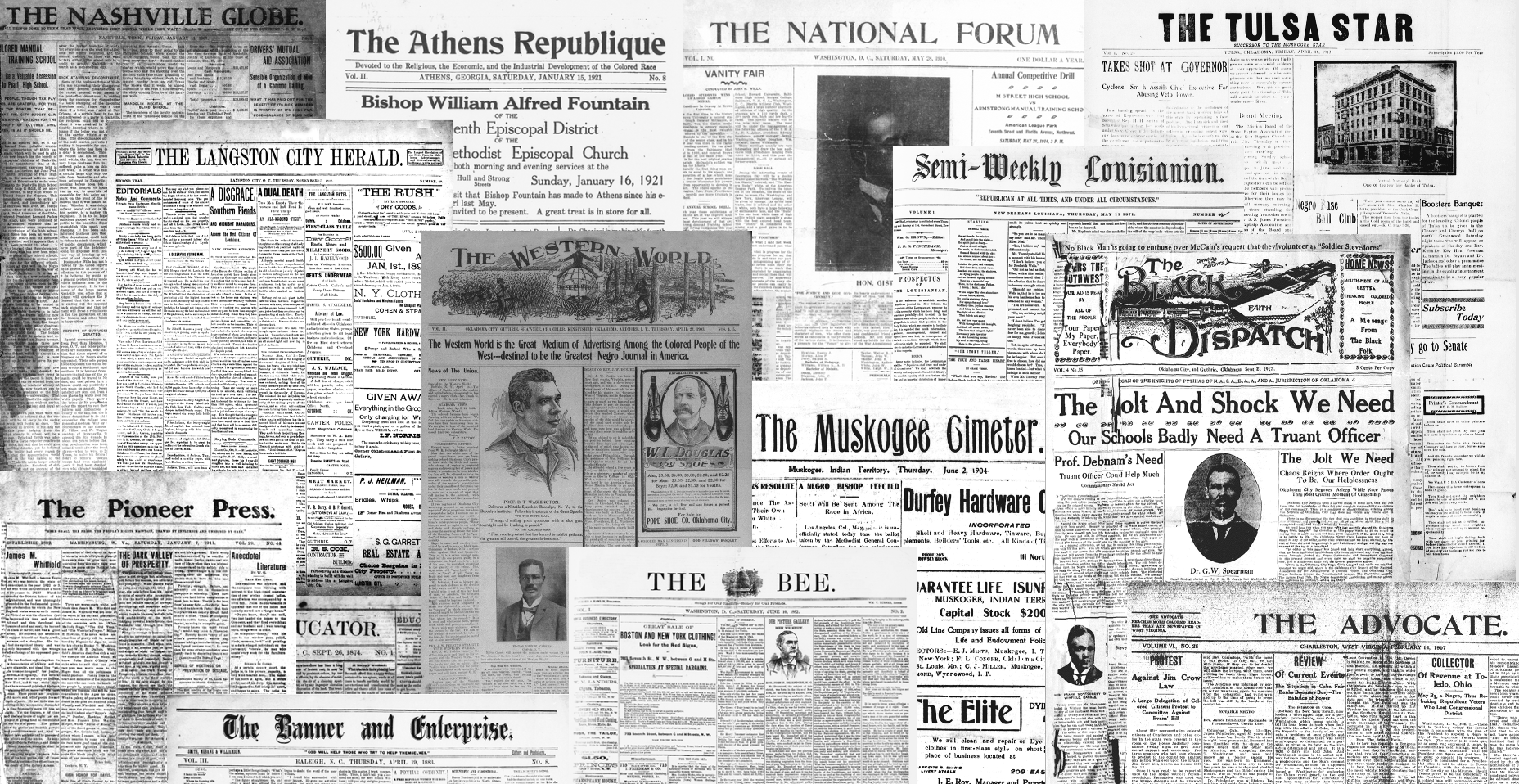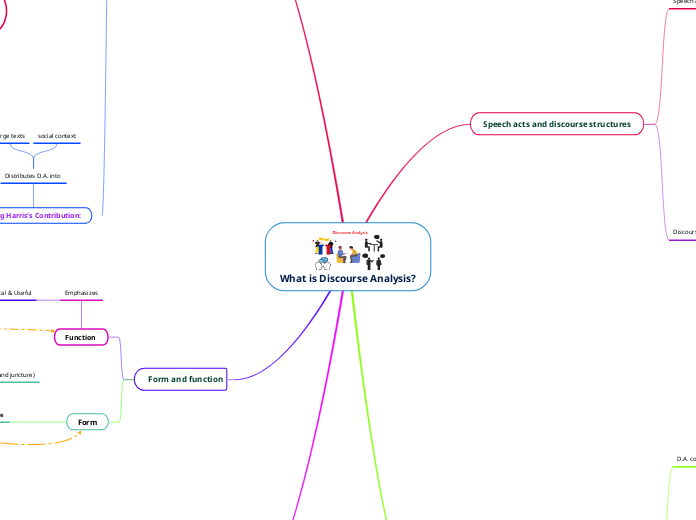
What is Discourse Analysis?
A brief historical overview
Zellig Harris's Contribution:
Distributes D.A. into
large texts
social context
Developed in
early 1960s
D.A. emerged from
disciplines
Linguistics
Semiotics
Psychology
Anthropology
Sociology
British Tradition
American Tradition
Conversation analysis
Examining patterns in talk behavior
Unity of Discourse Analysis
Exploring:
Contexts
Cultural influences
Text Grammarians
Texts -> linguistic elements
Applications in Linguistics
Impacting second
language
learning and teaching.

Structural-linguistic criteria
Intonation in discourse
Speech acts and discourse structures
Speech acts
Particular
Request
Instruction
Fragments

Important issues
Specific sense
Stretches
that force:
Requesting
seen as:
Performing a
particular act
Instructing
Examples:
"Tell me about the time you . . . ?"
"You've . . ., haven't you?'"
Discourse structures
Based on:

Internal formation
Enlargement
Ultimate and complete discourse
Oral topic
Relationship
Language
and
Contexts of its use
Discourse has:
Beginning
Introduce
Settings
Characters
Problems
Middle
Events
End
Closure
The scope of discourse analysis
McCarthy (2000)
D.A. concerns
Description and analysis

Spoken interaction
Written interaction
Different genres

Written documents
Newspapers
Letters
Stories
Recipes
Instructions
Notices
Comics
Billboards
Etc
Scope of D.A.
Study of
Spoken interaction
Written interaction
Expectations
Coherent communications
Meaningful communications
Words/sentences linked
Overall aim
Better understanding
Natural spoken discourse
Natural written discourse
Form and function
Function
Emphasizes
Practical & Useful
application of language
Form
Encompasses elements like
Grammar
Lexicon
Phonology (including intonation, pitch, and juncture)
Spoken discourse: models of analysis
Birmingham´ model
RELATIVELY SIMPLE AND POWERFUL
LANGUAGE OF TRADITIONAL
Native-speaker
with a rigid pattern
Perceptions teachers and pupils´ roles
Highly structured sequences.
Signal of the beginning and end.
Framing move and transaction
Structured and formal
-Settings telephone calls
-Job interview.
Internal structure
Teacher asks - a pupil answers
Pattern
Ask T
Answer P
Comment T

CALLED EXCHANGE
Moves
1 Question
2 Answer
3 Comment
1 Question
2 Information
3 Command
1 Answer
2 Acknowledgement
3 Non-verbal response
Initiation
Response
Follow-up.
Concentrating on
Message

Speaker A: "Whose laptop is this?"
Speaker B: "It's Peter's."
Speaker A: "But is it really his?"
The initial question by Speaker A serves the function of seeking information about the owner of the laptop.
Speaker A follow-up shifts to a declarative sentence, using intonation to convey doubt.
This showcases how form (sentence structure) is adapted to serve a different communicative function (expressing doubt).
